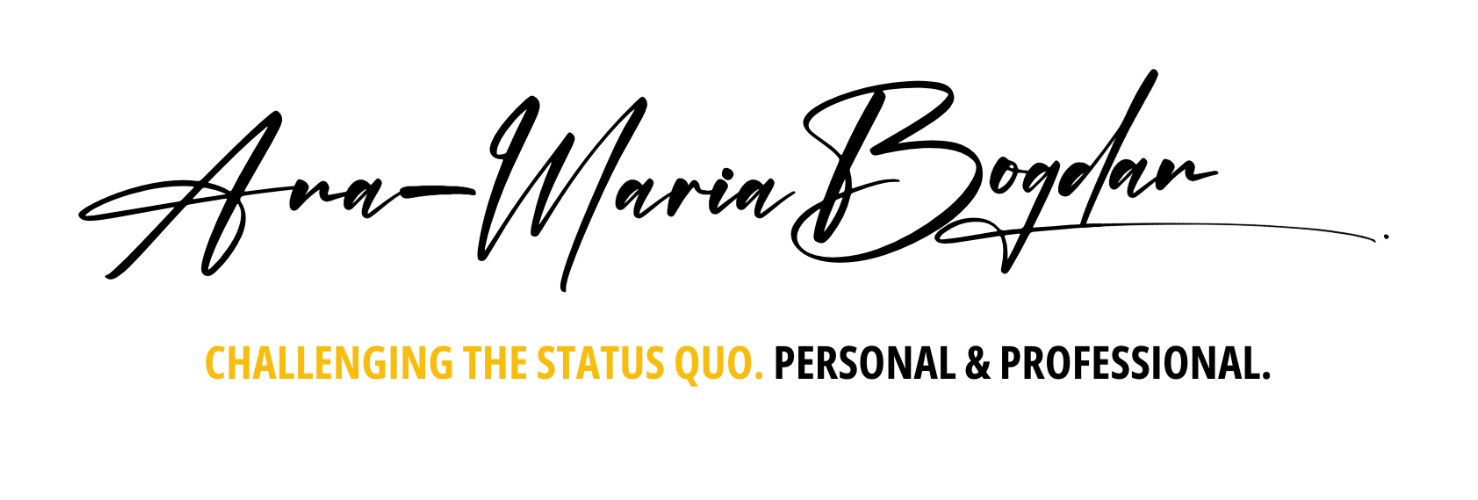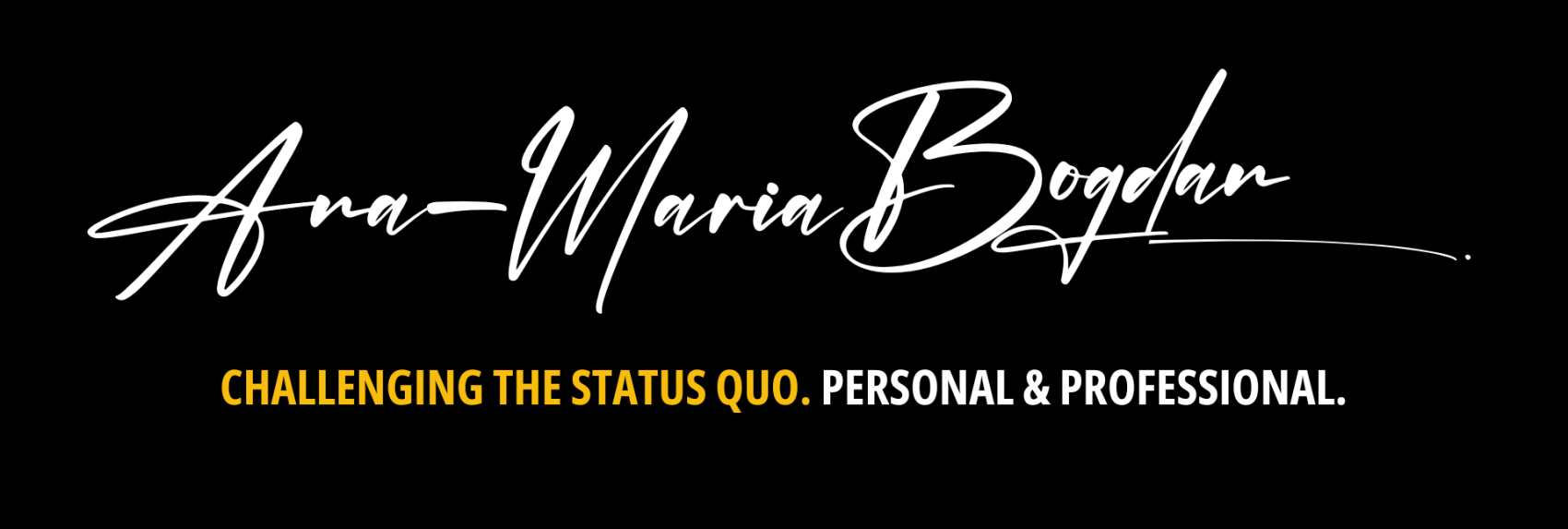In today’s world, smartphone addiction is a fact, not a theory. At some point, even the most balanced of us realize we’d spent an hour scrolling without even realizing it. Anna Lembke, Professor of Psychiatry & Behavioural Sciences at Stanford University School of Medicine and Chief of the Stanford Addiction Medicine Dual Diagnosis Clinic, characterises the smartphone as the “modern-day hypodermic needle”, highlighting the profound impact of digital devices on our brain’s reward system. She has published several books tackling addictive behaviours and technology, and, some of you might have seen her clearly explaining why “social media is a drug”, exploiting the brain’s evolutionary need for interpersonal connection, on the Netflix documentary The Social Dilemma.
Why Is This Important? Smartphone Addiction: Data, Apprehensions & Ramifications.
DEFINITION > Smartphone addiction is characterized by an excessive and compulsive use of mobile devices, leading to negative impacts on daily life, including productivity, mental health such as anxiety and depression, physical health problems due to sedentary behavior, increased risk of accidents from distracted driving, and social issues like reduced face-to-face interactions and personal relationships.
We all know that smartphone addiction is no joke. It’s something that everyone should pay attention to, whether you’re a parent, a leader, or just someone who wants to stay well. Here are five major stats that’ll give you chills!
Smartphones deliver instant gratification and continuous rewards through notifications, social media, and apps, which hijack the brain’s reward pathways similarly to addictive substances. This can lead to compulsive use patterns with measurable negative effects on mental health, including increased risk for depression, anxiety, and even suicidal ideation. Recent research confirms that this addictive potential is not merely metaphorical but rooted in neurological and behavioral evidence. Several recent studies corroborate Lembke perspective, emphasizing the addictive nature of smartphone use and its detrimental effects on mental health.
Smartphone Addiction and Mental Health.
A study published in the International Journal of Community Medicine and Public Health discusses the increasing prevalence of smartphone addiction and its negative impacts on health and well-being. The review emphasizes the detrimental effects on academic performance, mental health, and physical well-being, highlighting the need for intervention strategies.

More recently, we added a new fresh type of fear called nomophobia. This is the fear of being without a mobile phone which is a new add-on to anxiety and stress. According to Metro (2021) research, nomophobic users are 10.3 times more likely to use their phones in prohibited spaces. They are also 14 times more likely to be at risk of danger due to smartphone use (e.g. driving and crossing the road).
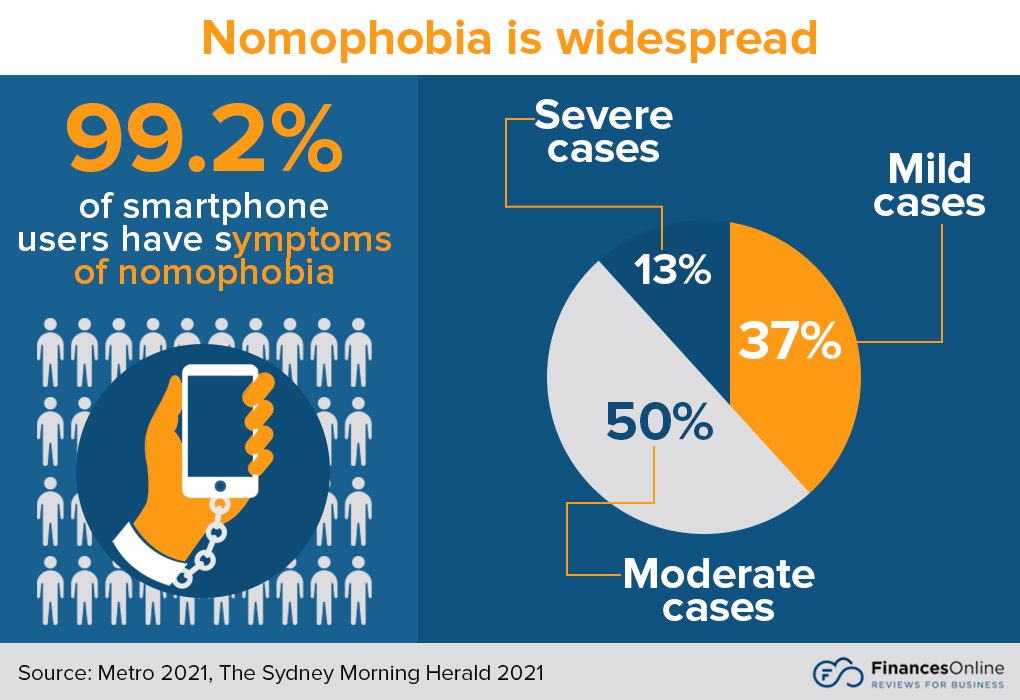
Addictive Screen Use and Suicidal Behavior
Research involving over 4,000 adolescents found that American teenagers exhibiting addictive behaviors related to screen use—particularly social media, mobile phones, and video games—are at significantly higher risk of suicidal thoughts and emotional issues. The study revealed that nearly one-third displayed increasingly compulsive use of these technologies, with those having high or growing addictive use patterns being two to three times more likely to experience suicidal ideation and mental health challenges.

AI-Driven Feedback Loops and Smartphone Use
A 2024 study titled “AI-Driven Feedback Loops in Digital Technologies: Psychological Impacts on User Behaviour and Well-Being” discusses how data-driven feedback loops in digital technologies, including smartphones, shape user behavior, motivation, and mental well-being. While these systems encourage self-improvement and the development of healthier habits through real-time feedback, they also create psychological risks such as technostress, addiction, and loss of autonomy.

MindShift: Leveraging Large Language Models for Intervention
The 2023 MindShift study explores the use of large language models to create dynamic interventions for problematic smartphone use. The study found that personalized, context-aware interventions significantly reduced smartphone usage duration and improved mental well-being, highlighting the potential for tailored approaches in addressing smartphone addiction.

Worrying Smartphone Overuse by Kids and Teens
If you look hard enough, you’ll find a bunch of alarming stats about mobile phone addiction. As adults, we might think we can handle this issue better, but some figures show just the opposite. I think it’s pretty scary how much kids and teens are addicted to their phones these days. Research data and statistics should be a wake-up call and a reason to take action ASAP. Ash Turner, CEO of CompareMyMobile.com and BankMyCell.com, shares the same concerning insights in his latest Smartphone Addiction Facts & Phone Usage Statistics. Definitive Guide (2020-2025 Update).
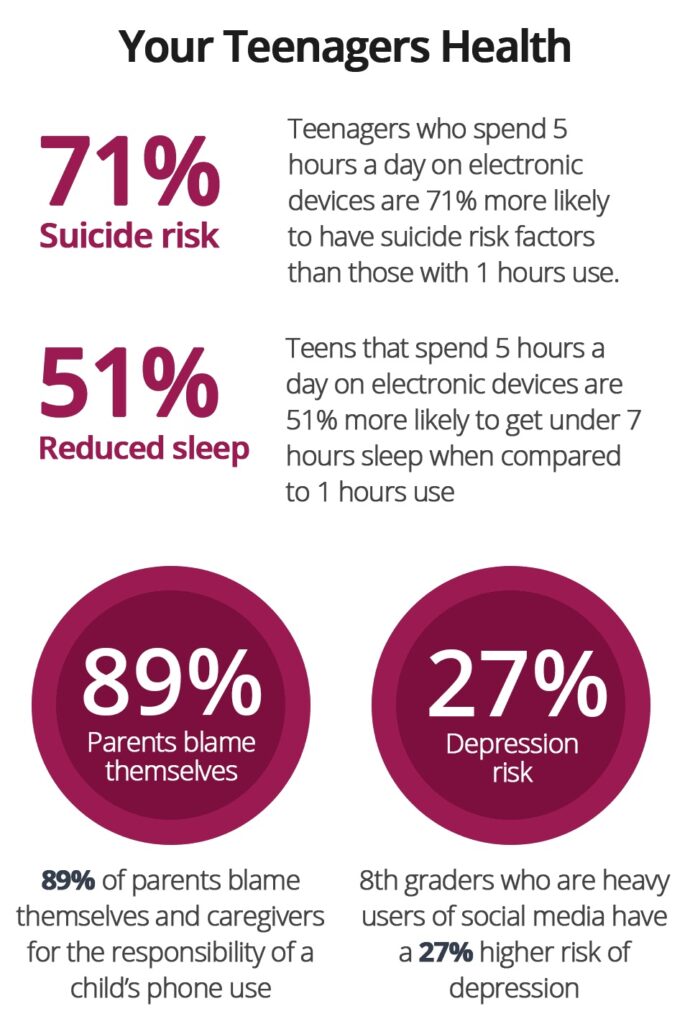
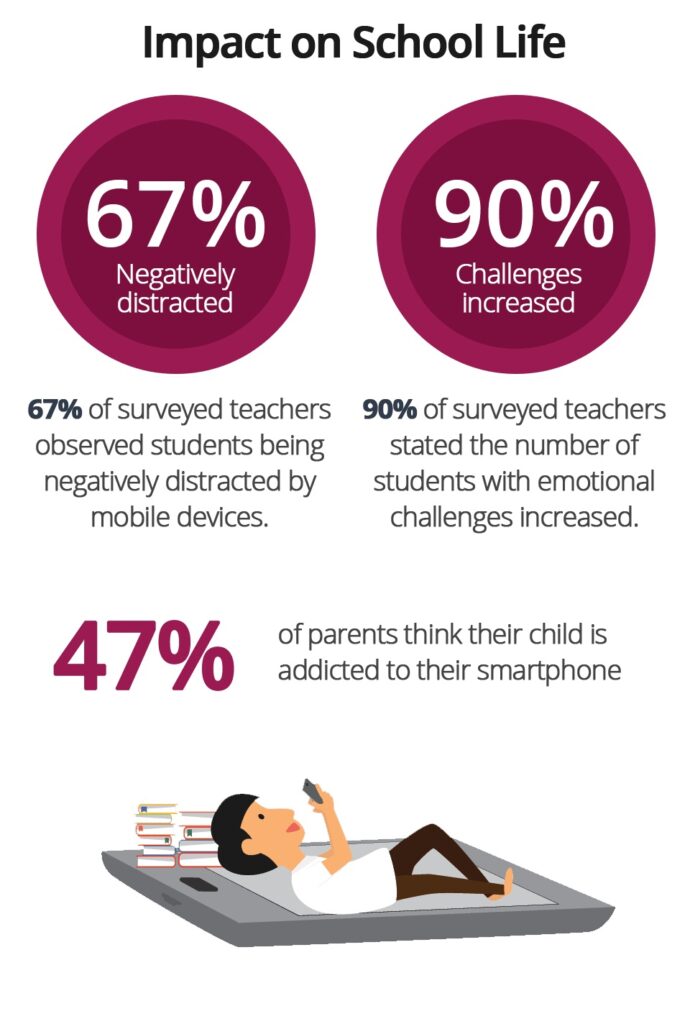
Additionally, EdSource (2019) report states that 29% of teens keep their mobile devices in bed while they sleep. These has major and profound health implications:
- Due to the prolonged exposure to electromagnetic radiation can damage the blood-brain barrier, causing albumin leakage in the brain
- Decrease sleep quality, negatively affecting sleep metrics such as sleep latency, night-time heart rate, RMSSD, deep sleep, light sleep, REM, awake time, and restlessness
- 72% of teens check phone messages and notifications the moment they wake up; plus, 56% of teens feel lonely, anxious, or upset when they don’t have their phones with them (Pew Research Center, 2019).
BankMyCell (2020) reported that 47% of parents believe their kids are addicted to their mobile devices. So, almost 50% and that was 5 years ago! Imagine now with ChatGPT and AI-tools alarming increased usage of phones.
Turner’s perspective aligns with Lembke’s observations regarding the adverse consequences of smartphone dependency among younger demographics. You may argue that the data refers to the USA, but I would like to respectfully request that you consider the broader implications. Do you believe figures differ that significantly in Europe?

Smartphone Usage at Work & the Math of Lost Productivity
If we look at the research data across the years, there are also few good arguments for leaders and employees to be concerned, and here’s why:
- According to TRUCE Software (2021) report, 62% of employees believe that the use of mobile devices helped them become more productive. 36% of workers rely on their mobile phones to get work done. However, 46% of employees think that being always connected via their phones affects their work-life balance
- Employees expend an average of 56 minutes daily on non-work related phone activities. This indicates that, on average, five productive hours are lost to smartphone usage each week . In addition, 55% of employees admit that they are often distracted by their smartphones (Business News Daily, 2020).
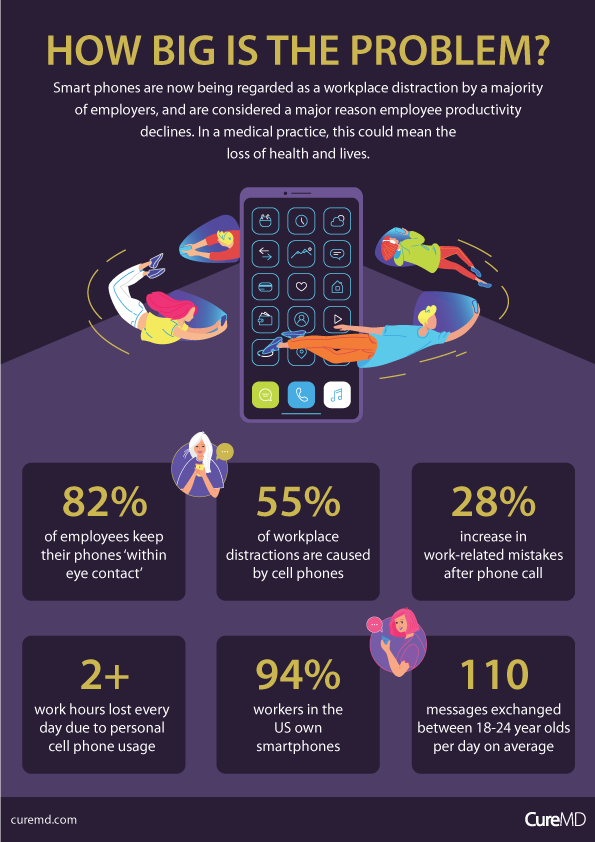
Nathan Bradshaw (2020), an American progressive healthcare researcher, debates on that over 50% of employers who believe cell phones are the main cause of declining staff performance. He also reminds of about another alarming finding that I do believe we’ve experienced it ourselves. “(…) not only are employees more likely to make work-related mistakes after a phone call or a text, but the rate of errors is the same even after merely hearing an alert on one’s phone.”
As a leader with many years of experience leading teams and caring for the wellbeing of my colleagues, I have witnessed the evolution of technology since 1998. This has provided me with the opportunity to observe both the positive and negative aspects of this development. Consequently, I cannot overlook the math of lost productivity.
Lost productivity occurs when employees, systems, or processes are not operating at their optimal level, resulting in the inefficient use of time and resources that could otherwise contribute to business growth. It is not merely a matter of working more slowly; it is about quantifiable inefficiencies that subtly erode performance and profits. True, smartphone checking is not the only reasons for lost productivity, and yet we cannot argue that today is a major one. It is also true that I have not seen leaders calculating such loss, yet this does change the facts.

Once again, such metrics should give leaders and employees some serious topics to think about when it comes to smartphone addiction in relation with work-related usage. True, how we handle our own smartphone during work hours and beyond is tricky. We have all seen bosses expected us to take calls at 10PM or respond to emails during the weekend. Even worse, such expectations are considered normal because “it’s a company phone”!
Smartphone Addiction - Major Issues for Both Parents and Leaders
In our increasingly digital world, it is clear that smartphone use is here to stay. However, as the statistics demonstrate, while smartphones can be invaluable tools, they can also pose significant risks. Smartphones have the potential to enhance employee productivity; however, they also carry a risk of becoming a tool for inefficient use of time.
As a leader, it’s common sense that telling people to turn off their phones or put them on silent is a smart strategy to deal with distractions or avoid getting hooked on the internet. Well, that might not always be the case! According to some researchers at Penn State, this approach might not work for some people. It may actually backfire. The researchers said people checked their phones more often when their devices were on silent mode. They also said that people who scored high on the “Fear-of-Missing-Out” and “Need-to-Belong” personality tests checked their phones even more when they were silenced, and in some cases, stayed on their phones longer.
When it comes to children, teenagers and students, mobile phones can contribute to improved classroom engagement. Yet, they also present a challenge as a distraction during lectures (as data presented above clearly shows).
CONCLUSION > These studies provide empirical support for Anna Lembke’s assertion, illustrating that smartphones can function as powerful tools of addiction, delivering instant gratification and altering brain chemistry in ways similar to substances of abuse. The evidence underscores the need for mindful engagement with technology and the development of strategies to mitigate its potential harms.
Obviously, we all need to think about how to deal with this smartphone addiction in a smart way. There probably isn’t a magic bullet solution to solve such generalized smartphone addiction. probably, the most effective interventions combine mindful technology design, personalized behavioral support, and organizational policies that promote healthy boundaries.
FIRST USEFUL NEXT STEP > For parents, educators, well-being and mental health professionals, but also leaders who would like to understand the key ingredients of dopamine mechanism and neuroscience, I recommend you to watch The Neuroscience of Addiction with Dr. Anna Lembke. It is kind of 60 minutes condensed version of the last 50 years of neuroscience of pleasure and vein.
To end this story about smartphone addiction on a positive note, I want to share a quote that I love and that really speaks to me. Actually, being happy and well-balanced means knowing what’s off, stepping out of your comfort zone, and taking action. It’s not an easy thing to do, but it’s definitely possible.
WELL-BEING & HAPPINESS QUOTE
Anna Lembke
Professor, Author & Speaker
“Some of the most successful people and dare I say happiest people, although I don’t think they were striving for happiness, are people who weren’t trying to find their passion or even stand out in any particular way, they were just people who saw that a job needed to be done and that they were in the right place to do it.”

Bibliography for Smartphone Addiction
- 90 Smartphone Addiction Statistics You Must See: 2024 Usage and Data Analysis. (2024). financeonline.com
- Bradshaw, N. (2020). Breaking the Smartphone Addiction in Medical Practice Staff. CureMD
- Lembke, A. (2021). Dopamine Nation: Social Media, Persuasion, and the Science of Addiction. Conversation with Aza Raskin, Aspen Brain Institute Expert Series.
- Lembke, A. (2021). Dopamine Nation: Finding Balance in the Age of Indulgence. Dutton Publishing House.
- Lembke, A. (2021). How our smartphones are turning us into dopamine junkies. Radio New Zealand.
- Kheirinejad, S., Visuri, A., Ferreira, D., & Hosio, S. (2023). “Leave your smartphone out of bed”: quantitative analysis of smartphone use effect on sleep quality. Personal and ubiquitous computing, 27(2), 447–466.
- Liu, S., Hernandez, A., & Wang, Y. (2023). MindShift: Leveraging large language models for context-aware intervention in problematic smartphone use.
- Mohan, M., & Kumari, R. (2023). Smartphone addiction and its impact on mental health: A review. International Journal of Community Medicine and Public Health, 10(2), 345-351.
- Shay, M. (2023). Regaining Focus in a World of Digital Distractions. UCI Department of Informatics.
- Swayne, M (2022). Turning phones on silent may increase phone checking. The Pennsylvania State University.
- Turner, A. (2025). Smartphone Addiction Facts & Phone Usage Statistics. Definitive Guide (2020-2025 Update). bankmycell.com
- Villanova, A., De Michele, C., & Khatri, P. (2024). AI-driven feedback loops in digital technologies: Psychological impacts on user behaviour and well-being.
- Xiao, Meng, Brown at al. (2024) Addictive screen use—not total screen time—linked to youth suicide risk. Weill Cornell Psychiatry.
